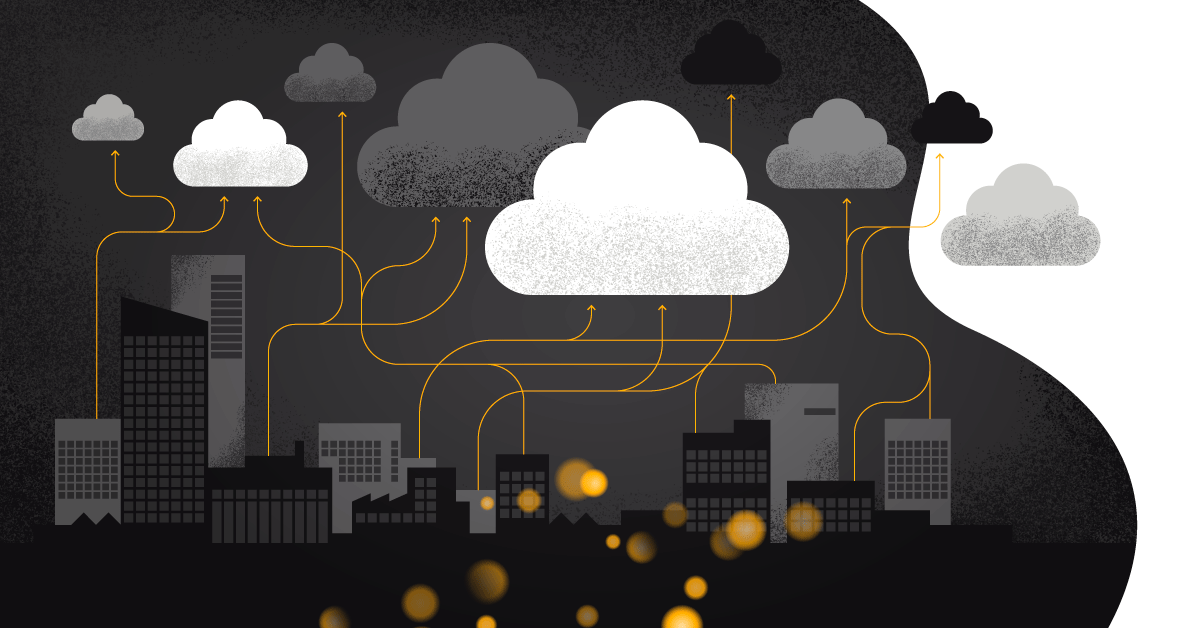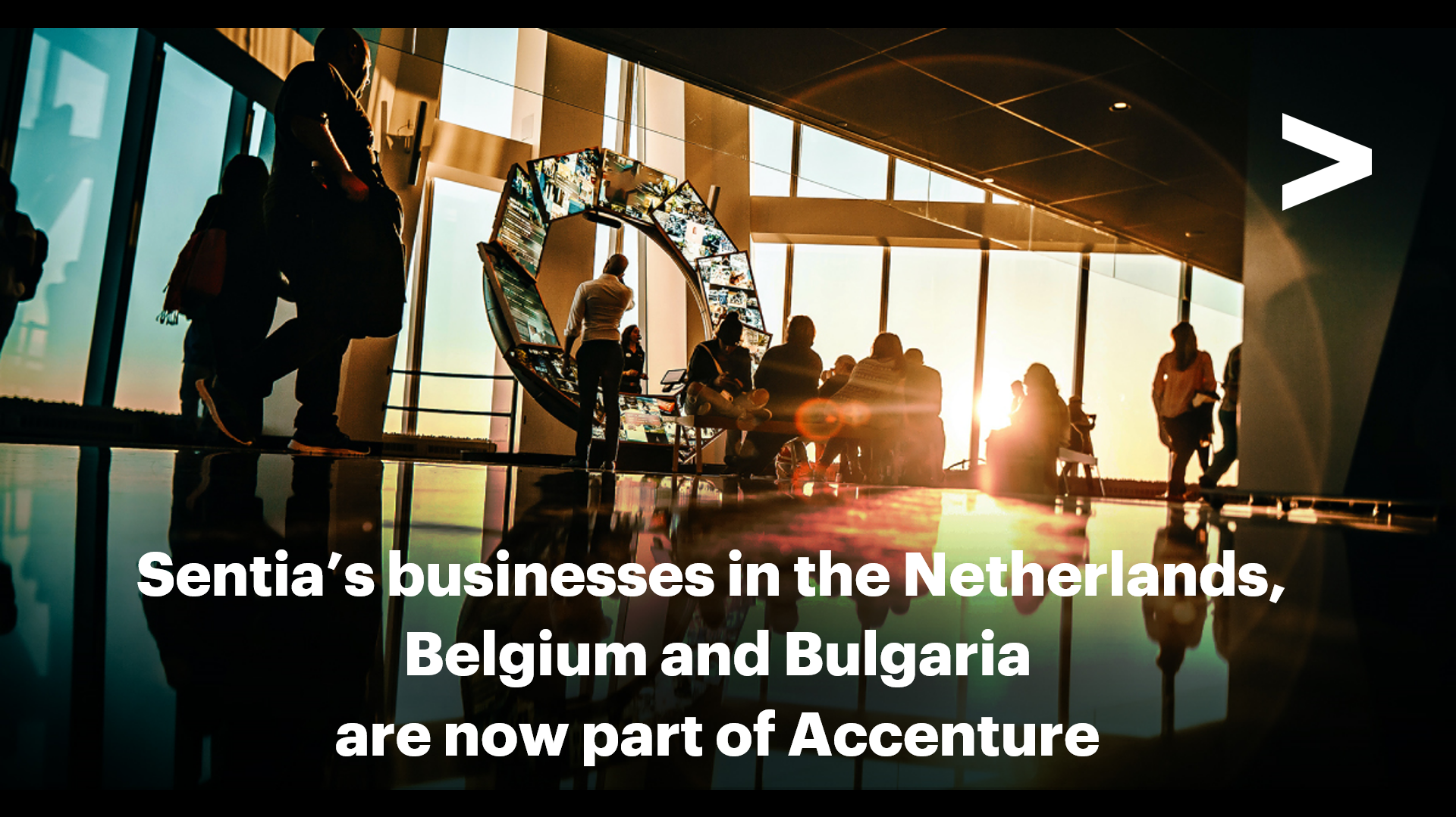
In recent years, traditional on-premise server rooms meet a slow death while the enormous data centers and cloud continue to thrive. Jakob Høholdt, Managing Director, provides a perspective on the future looks of IoT, edge computing, 5G, and rising cyber threats.
The rate of innovation in the IT industry makes it hard to predict the future state of IT. It is not easy to predict how IT and digitalization might affect how we do businesses in 5-10 years when even a horizon of 2-3 years means considerable changes. Nonetheless, I will try to predict the tendencies of the future state in the IT industry.
The traditional server room on-premise will cease to exist within a couple of years because, financially, it does not make sense. It corresponds to buying a big hotel when you only need half of the rooms. The change from hardware investment to pay per use where capacity expenses (CAPEX) turn into operating expenses (OPEX), is going well. That development will continue in the years to come.
It is my evaluation that the on-premise model eventually will be replaced by local and international located data centers, and this development is happening right now. Private, public, and hybrid cloud already exist in a company’s IT and cloud strategy. Also, the different models can be combined as needed to meet potential and future business requirements.
I expect a substantial increase in the public cloud investments in the years to come, but private cloud will most likely also increase, while on-premise solutions will be under pressure and eventually replaced. According to a market forecast from Global Market Insights, there will be an average 14-15% European increase in growth in private and hybrid cloud in the next six months withthe majority being Northern Europe. Simultaneously, the global investment in the public cloud will double until 2023, according to IDC.
Cloud is not just cloud
There are still applications that need a dedicated server to run. Even though more services are developed directly for the public cloud, there will always be a need for reliable data centers. How things will change in the years to come is becoming more complex, and many will choose a hybrid cloud or multi-cloud model, based on which is best supporting the business.
The vendors of the public clouds are improving their capabilities to provide services that benefit the developers in making their job easier. However, it does not mean the public model is the appropriate solution for everyone. Cloud is not just cloud, and in the years to come, the different models will become more alike, setting new demands for the operations. It is now more important than ever to have competent and capable people who understand cloud operations to ensure coherence, security, and uptime across the different services and cloud platforms.
The traffic is also moving in the opposite direction
Whether talking about hybrid or public cloud, the data traffic moves away from the companies to data centers locally or abroad. However, an increasing share of the traffic is moving in the opposite direction, with a substantial increase in areas such as IoT and edge computing. IT is everywhere, e.g., sensors and intelligent devices for data collection and analysis, which means a considerable amount of data is not created and stored within big data centers.
It will take up a large part of the dramatically increasing workload on the central servers, and it enables intelligent solutions, new ways of monitoring, and innovative services on decentralized platforms. It can be intelligent cameras or sensors that regulate ventilation and lighting. Or it might be new ways of transportation that need to process large amounts of data without delay.
However, even the most decentralized systems, as edge computing or IoT typically, also need to transfer data to some extent because control, monitoring, and crunching are necessary, and here the launch of 5G will play a role. With 5G, we get greater bandwidth and lower latency, so even though we may primarily think of 5G in the consumer context, it will also strengthen an area like IoT that will benefit from faster response times and greater capacity.
What does this mean for employees?
In accordance with the fact that fewer companies and large organizations operate physical servers in the basement themselves, the demands for the IT department change. In a future where “software is eating the world,” the IT employees become much more involved in the development of the company, and this can change the internal collaboration processes.
Previously, for example, marketing could come up with an idea and run with it. The idea would become problematic when the IT department was involved for further development and taking responsibility of the operation. In the future, both development and operating will be much more involved in the process so that everyone - across departments contributes to moving the business forward. If a company leverages skilled external operators as advisors and partners, it will be even more accessible.
Cybercrime is also part of the picture
The abovementioned leads to another perspective of the future. There is no indication that cybercriminals will change careers any time soon. More intelligent algorithms, automation, and machine learning makes both companies as well as hackers more productive. I see this as a trend that will make its mark on the IT plan in the coming years.
Industrial espionage, destabilization, extortion through ransomware - it is already happening extensively today. It happened to Maersk and, most recently, William Demant, which only emphasizes how much a security mindset must include a modern IT strategy. The big data centers are optimally secured against attacks - far more than the traditional server rooms - but IT security should be carved in stone by everyone in the coming years.



